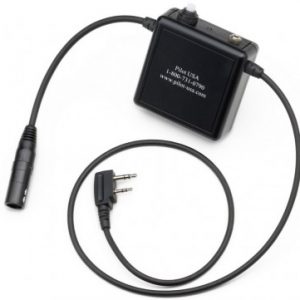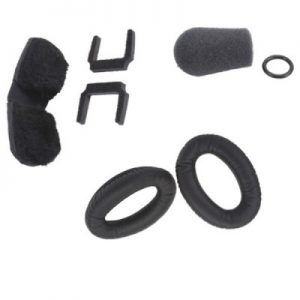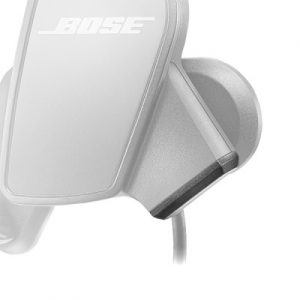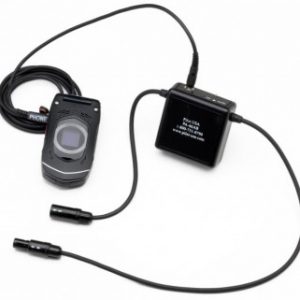PS ENGINEERING PAC24 AUDIO PANEL
Part #: 050-240-0100, 050-240-05000502400100
0502400500
Comparar
Overview
|
The long-established leader in general aviation audio control has added to their extensive list of products with the introduction of the PAC24. This audio control panel was designed from the outset as an upgrade/replacement for the popular KMA24 –71, a product manufactured by King Radio. The KMA24-71 was used extensively in dual audio panel installations for high-performance and rotary-wing aircraft. The PAC24 can easily replace these units, while adding utility and performance. The many of enhancements include; a powerful headset audio amplifier, and high-performance IntelliVox® intercom, dual audio capability in a single box, full duplex mode for wireless operations, and expansion capability with stereo IFE input. Pilots want clear crew intercommunications and simple operation. That is what IntelliVox® is all about! We have had great success with the IntelliVox® in the loudest environments, from open door helicopters to WWII bombers. The IntelliVox® loves noise! The IntelliVox® makes conversation seamless for crew and passengers, and can responds to dynamic flight conditions. Like the KMA24-71, the PAC24 can accommodate 5 transceivers. A monaural system, the PAC24 can include a music input. SoftMute™ silences music during radio traffic, but allows music other times. Besides the powerful intercommunication functions, the PAC24 incorporates a split mode that will allow a single audio panel to separate two pilots on different transceivers. The pilot can transmit and receive in com 1, while the copilot position will have access to four other radios. In a dual configuration, the PAC24 uses a digital interface that permits unprecedented control of the radio and intercom configuration. When combined with IntelliPax® expansion system, the dual PAC24 can be a 14-place system. The audio amplifier is capable of providing 120 milliwatts (mW) into general aviation headphones. According to PS Engineering’s founder and president, “We asked helicopter pilots what they needed. They said they wanted more audio punch to get through the cockpit noise. Since they will wear earplugs under their helmets, they need a clean audio signal with lots of energy.
|









Não há avaliações ainda.